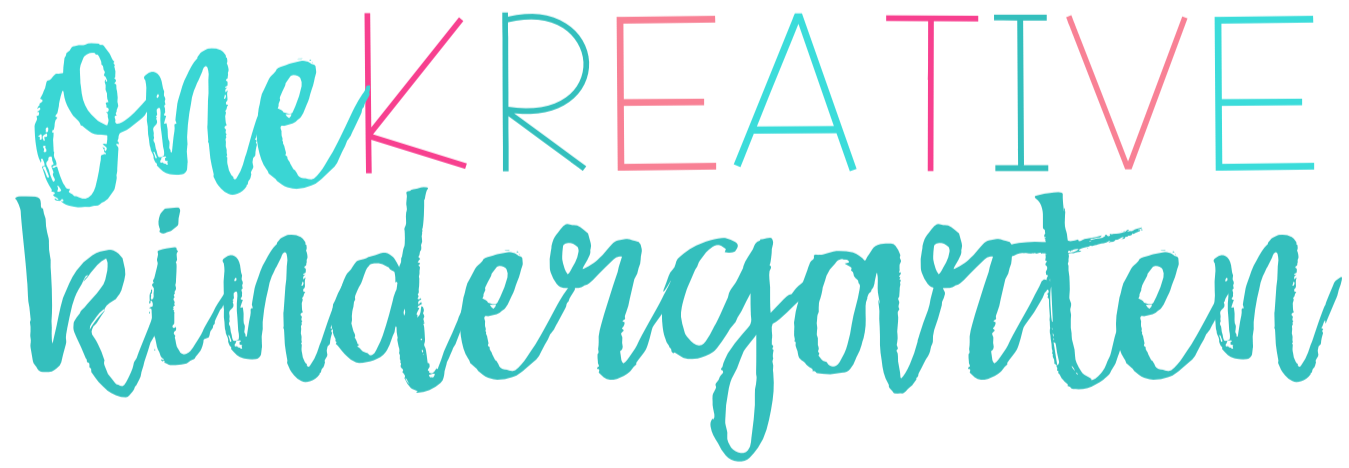Learning can only happen when your classroom environment is set up for success. A huge part of your classroom environment is behavior management. Of course all teachers set up their behavior management systems in different ways, but most of these systems are set to work for the whole group. I’ve found that sometimes a behavior management system works for some kids and doesn’t work for others. That’s why, I’ve tested a few different individualized behavior management systems to use when my classroom behavior management doesn’t work.
Individual Behavior Management Systems
What to do When Your Student…
Shouts Out
The behavior management system I’ve used is a shout out or “eruption” chart. In the beginning of the year, we read “My Mouth is a Volcano” by Julia Cook. If you haven’t read this book, it’s about a child who continues shouting out and explains it as a volcano erupting. It’s a great read for primary students at the beginning of the year. It’s even helpful when they need some behavior reminders midyear! After we read this, we use the term “eruption” in place of shouting out.
Here’s how the chart works. The student who has trouble shouting out has an individual sticker chart. This chart is chunked into different parts of your day. After one block of the day is over, you call them over and talk about how their shouting out was. If they did a good job at not shouting out, they get to choose a sticker for that chunk of time. When the whole day is over, you can see what parts of the day they did well and did not shout out and what parts they had trouble in. You can send these home to parents or just have it for your own records.

Is Easily Distracted
Another behavior management system I’ve needed is for students who get easily distracted. One way to encourage them to stay on track and focus is by setting a timer. The timer shows how long they’ve been working and how much longer they need to work and focus until you switch gears. This is motivating to students because they can see an end in sight (especially if they’re doing something they don’t particularly like to do).
This behavior management system also benefits from a sticker chart! (I’ve found that stickers are very motivating in the lower grades.) To use this chart, you also chunk the day. Then, you set a timer and if the student works until the timer goes off, they get a sticker for that chunk of the day. By the end of the day, you know when the child was focused and which parts of the day they had a harder time with.

Needs a Behavior Plan
My last behavior management system is one that I use often for students who need a little extra than just our normal clip chart. This sticker chart is chunked into those same parts of our day as the other two systems mentioned above. After each part of the day, I call the student over. We talk about their behavior during that part of the day. If they had good behavior, they get a sticker, if not, they don’t.
For parts of the day that they don’t get a sticker, I write a note of why. These slips go home to their parents each day because normally if they use this behavior management system it’s because I’ve met with the parents and we’ve decided that they need a separate plan. Since I use a clip chart, I also have students color in their ending color at the end of the day for parents to see.
If you’re interested in implementing these behavior management systems in your own classroom, check out this resource. It includes each of these sticker charts mentioned above and is editable to work for your classroom.
What do you need help with as far as student behavior? Do you have a behavior management system you love? Share below!





















 For individual behavior, I use a popular system, a clip chart. Every student has a clip and begins each day on green. As individual students are following rules, trying their best, etc, I ask them to move their clip up. They can move up three times on my chart. At the top of my chart I have a ribbon and when students move their clip up to the ribbon, they have reached the top of the clip chart and had the very best behavior for the day. Students get to the ribbon when they go above and beyond normal good behavior.
For individual behavior, I use a popular system, a clip chart. Every student has a clip and begins each day on green. As individual students are following rules, trying their best, etc, I ask them to move their clip up. They can move up three times on my chart. At the top of my chart I have a ribbon and when students move their clip up to the ribbon, they have reached the top of the clip chart and had the very best behavior for the day. Students get to the ribbon when they go above and beyond normal good behavior.